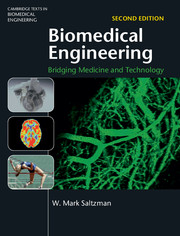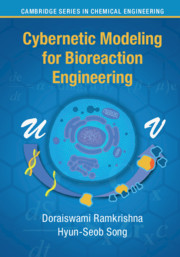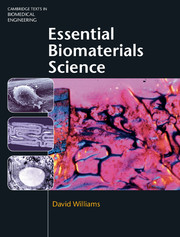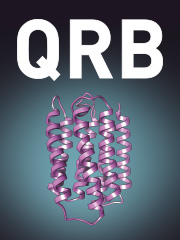Biomedical Engineering
This is an ideal text for an introduction to biomedical engineering. The book presents the basic science knowledge used by biomedical engineers at a level accessible to all students and illustrates the first steps in applying this knowledge to solve problems in human medicine. Biomedical engineering encompasses a range of fields of specialization including bioinstrumentation, bioimaging, biomechanics, biomaterials, and biomolecular engineering. This introduction to bioengineering assembles foundational resources from molecular and cellular biology and physiology and relates them to various sub-specialties of biomedical engineering. The first two parts of the book present basic information in molecular/cellular biology and human physiology; quantitative concepts are stressed in these sections. Comprehension of these basic life science principles provides the context in which biomedical engineers interact. The third part of the book introduces sub-specialties in biomedical engineering, and emphasizes - through examples and profiles of people in the field - the types of problems biomedical engineers solve.
- It is designed to be accessible to high school graduates. More sophisticated mathematics and science are treated in boxed inserts
- It provides a systematic presentation from chemistry to biology to physiology to engineering
- It includes robust pedagogy including numerous examples, problems, boxed profiles of people in the field, and boxed information on key concepts and innovations, integrated self tests, chapter outlines and summaries, key concept and definition lists, and web links
Product details
No date availableHardback
9780521840996
656 pages
260 × 183 × 34 mm
1.34kg
505 b/w illus. 55 tables 236 exercises
Table of Contents
- 1. Introduction
- Part I. Molecular and Cellular Principles:
- 2. Biomolecular principles
- 3. Biomolecular principles: nucleic acids
- 4. Biomolecular principles: proteins
- 5. Cellular principles
- Part II. Physiological Principles:
- 6. Communication systems in the body
- 7. Engineering balances: respiration and digestion
- 8. Circulation
- 9. Removal of molecules from the body
- 10. Biomechanics
- 11. Bioinstrumentation
- 12. Bioimaging
- 13. Biomolecular engineering and biotechnology
- 14. Biomolecular engineering II: engineering of immunity
- 15. Biomaterials and artificial organs
- 16. Biomedical engineering and cancer.







